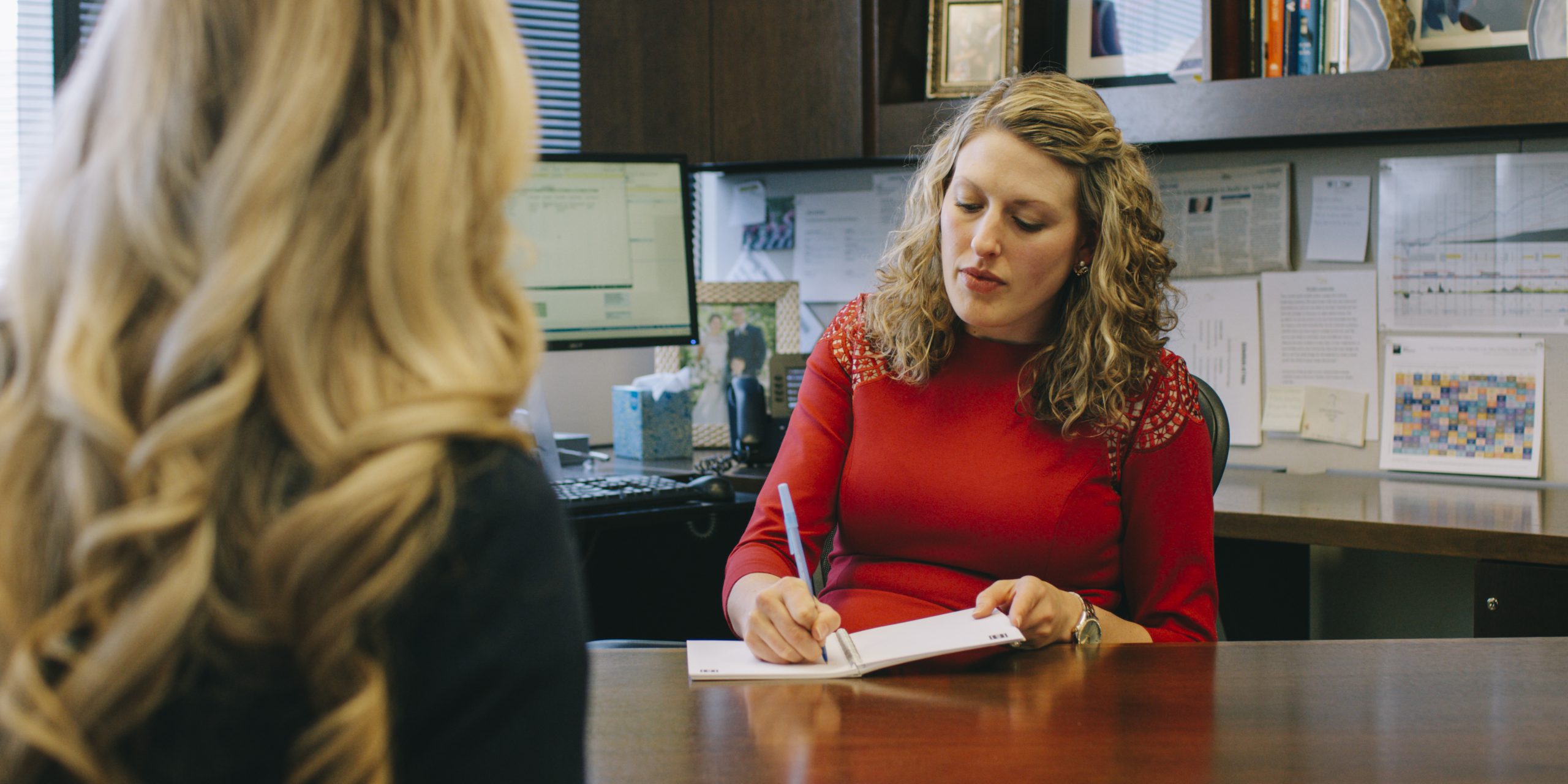Mentoring Up: An Investment for Future Success

We invest a considerable amount of our time at Bartlett Wealth Management forecasting the financial future. Unlike meteorologists with their eye on the next few days, investment managers and financial planners look years, even decades, ahead. That’s what it takes to integrate the ever-changing capital markets with our clients’ needs.
We have a similar future-focus when it comes to our own business. At Bartlett, we’re planning now to ensure a smooth transition of management in the years ahead as some our most tenured advisors move to the next stage of their lives. An important step in preparing for the future is mentoring up: giving Bartlett’s next generation the opportunity to develop leadership skills with real-world knowledge and guidance.
WHAT IS “MENTORING UP”?
You’ve probably heard of different types of mentoring, including the more traditional method of mentoring down and peer mentoring. The idea of “mentoring up” allows mentees to become active participants in their mentoring relationships by shifting the emphasis from the mentors’ responsibilities in the mentor-mentee relationship to equal emphasis on the mentees’ contributions.
THE MENTEE’S ROLE
Part of mentoring up calls for mentees to assess what they need from their mentors, and to clarify these expectations. Agreement on what’s expected from the relationship improves the odds for more productive collaboration and less confusion.
Rather than waiting for a mentor to impart wisdom or give explicit direction, mentees are expected to engage proactively with their mentors. This means acting with confidence, seeking to understand the mentor’s expectations, and communicating your goals and expectations. Mentees should also follow respectfully, which includes active listening, self-determining your responsibilities, and adapting to your mentor’s needs.
OUTLOOK IS GOOD
The idea of mentoring up is ingrained in the Bartlett culture. As we celebrate our 120-year legacy in 2018, the success of formalizing this initiative and the impact on the longevity of our firm is evident. These relationships are helping us bridge generations, foster communication and trust, and transfer valuable knowledge to benefit future generations of our clients.

